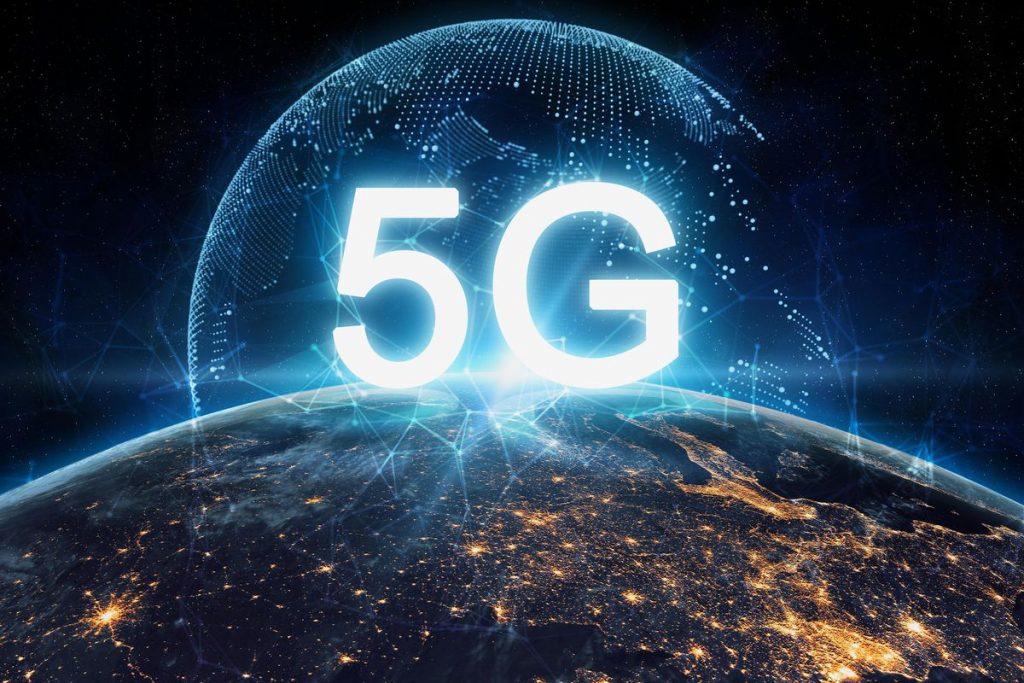Construction companies of all sizes in every part of the country are using enhanced technology on job sites more frequently than ever. There are multiple benefits to making the investment, specifically in a video surveillance capacity: helping to reduce theft of equipment and materials, increasing the likelihood of identification if theft DOES occur, lowering insurance premiums, working to improve safety and reduce job-related accidents and injury, protecting against liability, providing clients with increased transparency and accountability on job progress, and more. And now, with 5G (fifth-generation) technology becoming more accessible to more people, the benefits for the construction industry are even greater.
With projected speeds of 10 to 100 times faster than current wireless technology and greater reliability, 5G capabilities will allow the construction industry as a whole to step into a more on-demand type of structure – enabling company owners and project managers to provide quicker responses, give customers greater peace of mind, improve communication between teams, minimize risk, and – in some situations – reduce the number of individuals needed on a job site. Specifically, in the metal building industry, 5G technology promises significant improvements in three key areas:
Manufacturing
With increased automation in the manufacture of metal building components in recent years, connection to reliable and efficient communication platforms is more critical than ever. Shifting away from dependency on wired ethernet connections allows greater efficiency and increased productivity with decreased need for square footage. Additionally, switching to wireless 5G technology enables more flexibility to move or rearrange equipment as needed, and gives manufacturers more options to automate certain operations and reduce the number of people needed for each step in the manufacturing process.
Design and Construction
Communication between teams is always a critical component to the success of a project – but when there are individuals in remote locations or who do not have reliable technology through which to share data or other information, delay and – worse – mistakes can occur. 5G can help bridge the gap by bringing all parties together on a common communication platform with the same network. Even in areas where Wi-Fi is not an option, 5G can keep teams connected through mobile access with real-time communication in virtually any location. Additionally, electronic tools such as stationary site cameras and drones can be connected to the 5G network and used to document, record and communicate on-site activity.
Completed Buildings
In today’s world of smart buildings, the demand for integrated technology in construction projects of all sizes shows no sign of slowing down. Consequently, increasing numbers of contractors and builders are seeking ways to incorporate 5G technology into construction plans. Building features can not only be customized to accommodate the specific needs of the client, but the flexibility of 5G also allows the manufacturer to collect data that can help improve their offerings to customers in the future.
As 5G technology and its game-changing speed and reliability moves closer to becoming the norm, the possibilities it holds for the metal building industry are virtually limitless. We are truly on the path to an entirely new definition of cutting edge – and your Robertson Building Systems representative would love to discuss new ways to make technology a solid part of your building plans.


